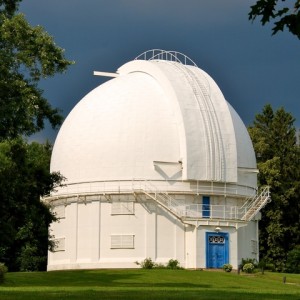A visit to the David Dunlap Observatory!
In April, the club plans to organize a visit to the David Dunlap Observatory. With the telescope housed there, Toronto astronomer Tom Bolton confirmed the existence of the first black hole, called Cygnus X-1! It’s gonna be awesome. (Photograph by John Goodyear.)
 Please RSVP by clicking here and filling out the form.
Please RSVP by clicking here and filling out the form.





